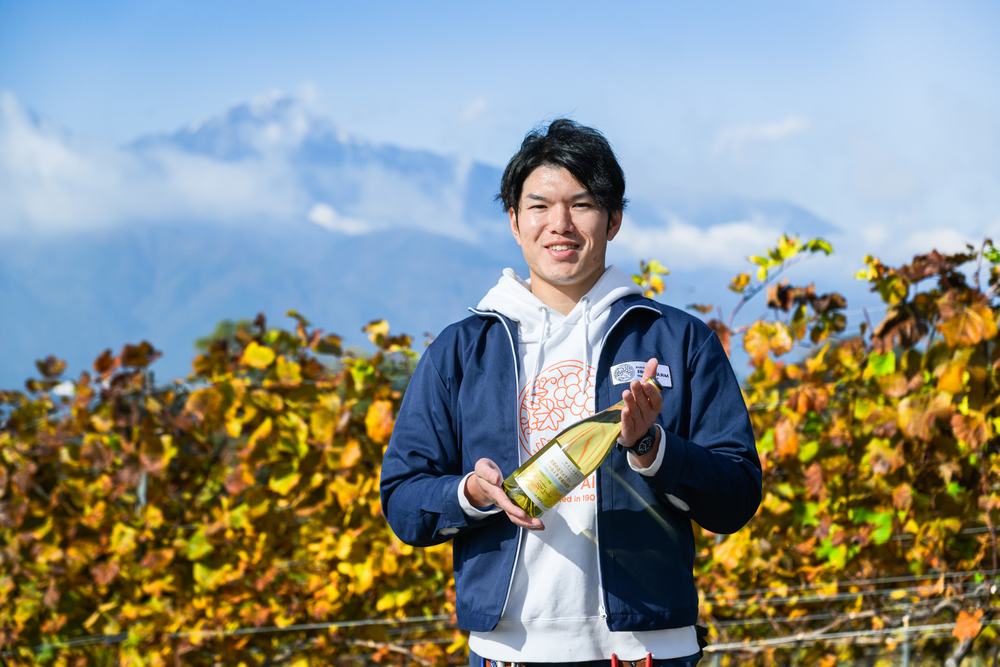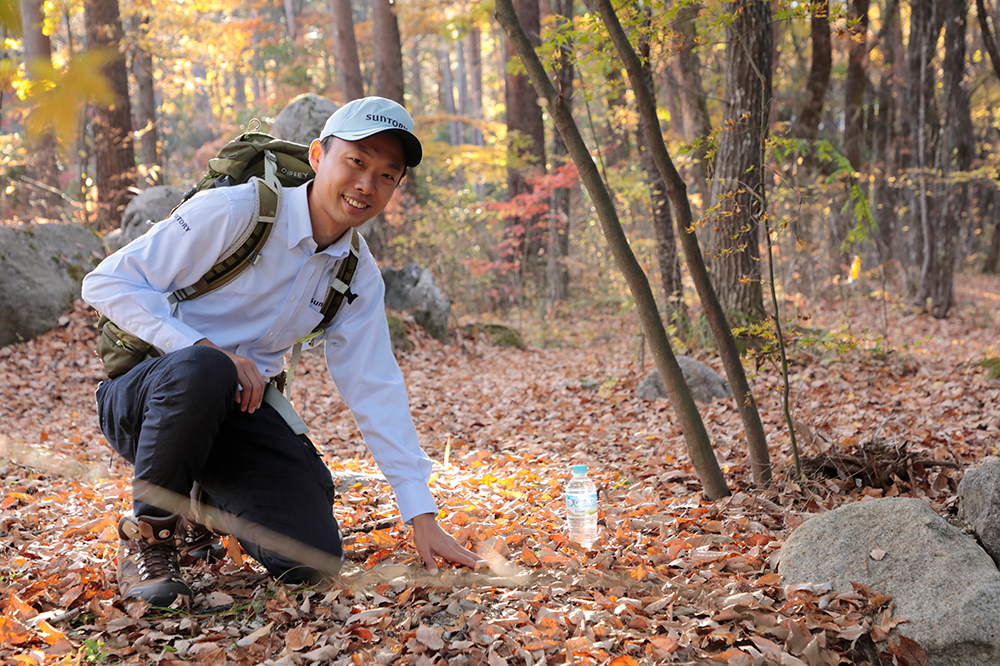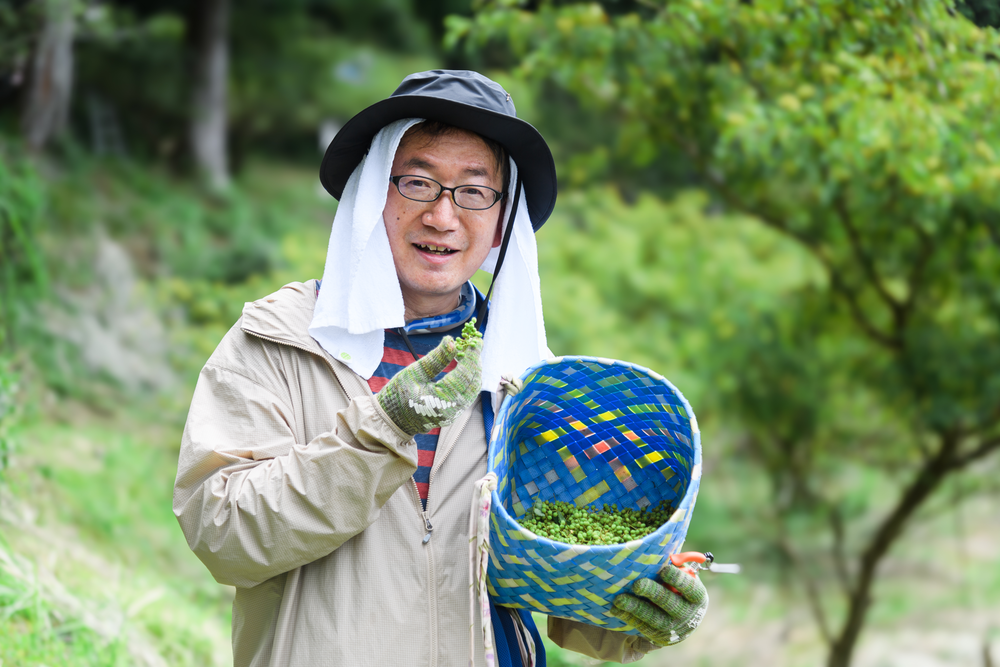- Biodiversity
Suntory Bird Conservation Activities Are Turning 50: A Look at the Past and the Future (Part 1)
Biodiversity and environmental conservation have now become unavoidable keywords for companies. Suntory has long been engaged in environmental activities—specifically bird conservation activities that are marking their 50th anniversary in 2023. In a two-part series, Naomi Takai, who is engaged in bird conservation activities in the Natural Water Sanctuary Group, Sustainability Management Division, describes activities conducted over the last 50 years and what’s ahead in the future.
Photos courtesy of the Wild Bird Society of Japan, Tokyo Port Wild Bird Park

Today Birds, Tomorrow Humans
Suntory’s bird conservation activities started in 1973. Japan was in the middle of a period of high economic growth at the time and brimming with vitality and energy, but pollution was also starting to become a problem. We were gradually losing our precious natural environment for the sake of everyday convenience. Most of Suntory products are dependent on the blessings of nature. With a sense of crisis that losing this precious nature would greatly impact Suntory’s future, we started conducting activities to raise public awareness for nature conservation in the form of bird conservation activities.
Suntory was searching for a message that would be more effective than simply proclaiming “Care for the environment,” and decided on the slogan “Today Birds, Tomorrow Humans” (The misfortune that befalls birds may befall humans tomorrow).
Birds have wings and will fly away if the environment is degraded, but will come back if the environment improves. They are therefore a barometer of environmental health as well as a familiar presence that people encounter more or less every day. Suntory believed that making birds the symbol of its public awareness campaign would prompt all kinds of people to turn their thoughts to nature.

Newspaper ad for the bird conservation campaign that ran in 1973. “The issue advocacy ads that ran in newspapers for more than 10 years garnered an incredible response. I’ve met people involved in our conservation activities today who say that they were inspired to get engaged after seeing those ads as a child,” comments Takai.

These photos were taken at Tokyo Port Wild Bird Park, where there were a surprisingly large number of wild birds for its location near Tokyo Port.
We’re continuing bird conservation activities with the slogan “Today Birds, Tomorrow Humans,” based on the message that the fortune that birds receive may lead to human happiness tomorrow.
The Eagles/Hawks Rearing Support Project for Restoring Healthy Habitats
Specific activities we’re conducting include the Eagles/Hawks Rearing Support Project and the Owl Nest Box Project. These are bird conservation activities that use birds of prey as their symbols.
The many different creatures that live in forests create an ecosystem pyramid. To rear the raptors such as eagles and hawks that are at the top of this pyramid, there needs to be an abundance of creatures for them to eat and large forests that support these creatures. Forests that enable raising raptor offspring have a large ecosystem pyramid with a wide base. This is the sign of a healthy and abundant forest.


On the day of the photoshoot, we saw a young goshawk swooping majestically in the air. This shows that if you look carefully, you may be able to catch sight of raptors even in Tokyo.
At the Natural Water Sanctuaries where we manage healthy forests that nurture water at the source of our plants, we’re conducting surveys to confirm the habitat status of birds, which are a barometer of environmental health. This data is used as one guideline for creating abundant forests. Each year, raptors raise their young in Natural Water Sanctuaries, and so far we’ve confirmed a total of 103 instances of nesting across eight species.

The number of large trees in Japanese forests is declining, and therefore there are fewer tree hollows for owls to raise their young. Nest boxes are set up in Suntory Natural Water Sanctuaries to temporarily relieve owls’ “housing shortage.”

For more information about the Eagles/Hawks Rearing Support Project and the Owl Nest Box Project, see the Suntory Natural Water Sanctuary Biodiversity Restoration Report.
Suntory Natural Water Sanctuary Biodiversity Restoration Report
As part of the Suntory Natural Water Sanctuary Kita-Alps agreement concluded in 2019, we’ve been conducting surveys of wild birds, improving forest conditions to be closer to what conditions were like when raptors built nests here, and installing artificial nesting platforms. Then in 2022, a pair of goshawks successfully built a nest and raised young here. It was wonderful to see three fledgling goshawks successfully take flight from the nest.
The bird conservation activities we started in 1973 are marking their 50th anniversary. I think that the message in advocacy ads Suntory ran in newspapers to raise public awareness back then are aligned with the SDGs and are still relevant even today. These aspirations since the start of the activities have been passed down to the present as our DNA.
(Continued in Part 2)
Photos courtesy of the Wild Bird Society of Japan, Tokyo Port Wild Bird Park
Latest Stories
-

- Enriching Life
- Water
- Raw Ingredients
- Packaging
April 17, 2025
Suntory’s Commitment to “Designing Future Society for Our Lives”: Encouraging New Realizations through Exciting New Experiences at Expo 2025
View More -

March 31, 2025
The Suntory Sign Brings Smiles and a Sense of Unity
View More -

- Climate Change
- Raw Ingredients
Februaly 28, 2025
Shaping the Future of Japanese Wine: Secondary Induced Shoot Cultivation Delivers Delicious Grapes in an Era of Climate Change
View More -

- Water
- Climate Change
Janualy 31, 2025
Bequeathing Water to Future Generations and Conveying Its Importance through Mizuiku, Suntory’s Education Program for Nature and Water
View More -

- Climate Change
- Raw Ingredients
December 25, 2024
Saving the Planet with Agriculture:Collaborating with Farmers to Pioneer Regenerative Agriculture
View More -

- Climate Change
- Raw Ingredients
October 11, 2024
The Key for Domestically Producing Sustainable Botanical Raw Materials: Glocal Branding
View More -

- Water
- Climate Change
- Raw Ingredients
June 7, 2024
The Peatland Water Sanctuary™ Initiative: For Peat, an Important Ingredient in Whisky, and for the Future of the Planet
View More -

- Enriching Life
April 30, 2024
Enhancing the Foundation of Parasports with the Suntory Challenged Sports Project
View More -

- Human Rights
- Packaging
- Climate Change
April 30, 2024
In 2024 We Are Launching an Overseas Training Program for All Second-Year New-Graduate Hires!
View More -

- Raw Ingredients
- CO2
- Biodiversity
November 30, 2023
Protecting UK Blackcurrants and Their Growers: Sustainable Agriculture Support Program
View More -

- Human Rights
September 29, 2023
Being the Best Company for Employees with Disabilities to Shine
View More -

- Water
July 31, 2023
Suntory Mizuiku – Education Program for Nature and Water Expands Globally: Stories from Asia
View More -

- Health
June 29, 2023
New DRINK SMART Ambassador Program: Internal Certification to Deliver the DRINK SMART Message to More Customers
View More -

- Raw Ingredients
- CO2
June 29, 2023
Circular Agriculture Initiatives at Tominooka Winery in Japan (Part 2)
View More -

- Biodiversity
May 10, 2023
Suntory Bird Conservation Activities Are Turning 50: A Look at the Past and the Future (Part 2)
View More -

- Raw Ingredients
- CO2
April 27, 2023
Circular Agriculture Initiatives at Tominooka Winery in Japan (Part 1)
View More -

- Health
April 27, 2023
Creating “Friends for Moderate Consumption,” a Campaign Character to Promote Responsible Drinking
View More -

- Packaging
April 27, 2023
B to B Recycling: Creating New PET Bottles from Used Bottles
View More -

- Human Rights
April 27, 2023
SUN-co-NEsT, An Online Community Aiming to Balance Work and Parenting
View More -

- Biodiversity
April 27, 2023
Suntory Bird Conservation Activities Are Turning 50: A Look at the Past and the Future (Part 1)
View More -

- Water
- Biodiversity
April 27, 2023
Protecting the Forests That Nurture Abundant Water: Suntory Natural Water Sanctuary Initiative
View More
